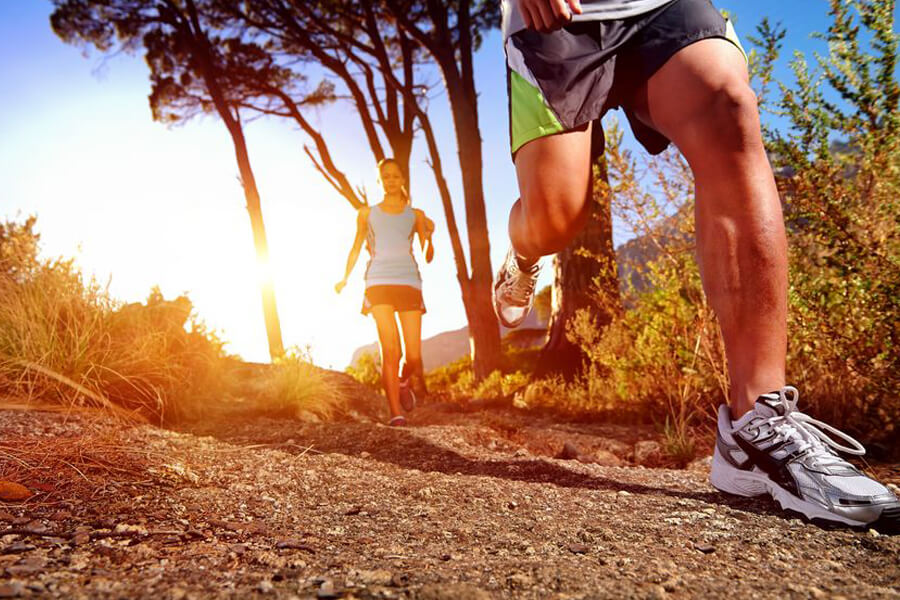Looking to buy shoes for running, squash or hiking? It’s important that you know the difference between the categories, how to find a properly fitting pair of shoes for the type of exercise you’ll be doing and how often to replace them. Consider these tips:
Choose a category
Athletic shoes can be groups into three types: walking, running and training. If you’re planning to use them just for walking, look for a smooth tread, good shock absorption and a rocker sole, which naturally works with the roll of your foot when you take a step. Jogging, running or training shoes will have extra cushioning, good traction, flexibility, and stability in the heel. They’ll also be lighter than walking shoes in most cases.
For court sports, such as racquetball, squash, tennis or basketball, look for a good, strong sole and enough support to keep you from rolling your foot when you move side to side or backward on the court.
Trail shoes for hiking need to grip on rugged terrain. You’ll be moving over rocks, roots, gravel, and loose dirt, so they can’t let you slip. They also need to shield your feet from sharp rocks, so you’ll want a durable material on the sole and sides.
Waterproof trail shoes are ideal because you may be going through water or mud. Don’t worry about pronation (the inward movement of the foot when it rolls) because most trail shoes are pretty stiff to avoid rotation of the foot.
Getting a good fit
Skip the chain stores unless they specialize in sports. You’ll want the help of a professional to get the right fit. This may include having you walk or run on a treadmill that’s fitted with a camera to watch your foot movements. Sure, you’ll pay more for great fitting shoes, but it will be worth it over the long haul.
Wear the same type of sock you’d wear for that sport and try on shoes at the end of the day when your feet are at their biggest.
Don’t plan on a “break-in” period; make sure the shoes are comfortable as soon as you put them on. Wiggle your does and ensure that your heel doesn’t slip around when you move.
Replacing your shoe
As a general rule, replace running shoes after 300 to 500 miles or other shoes for exercise after 300 hours of aerobic activity. After that, you’re standing on worn-down cushioning.

